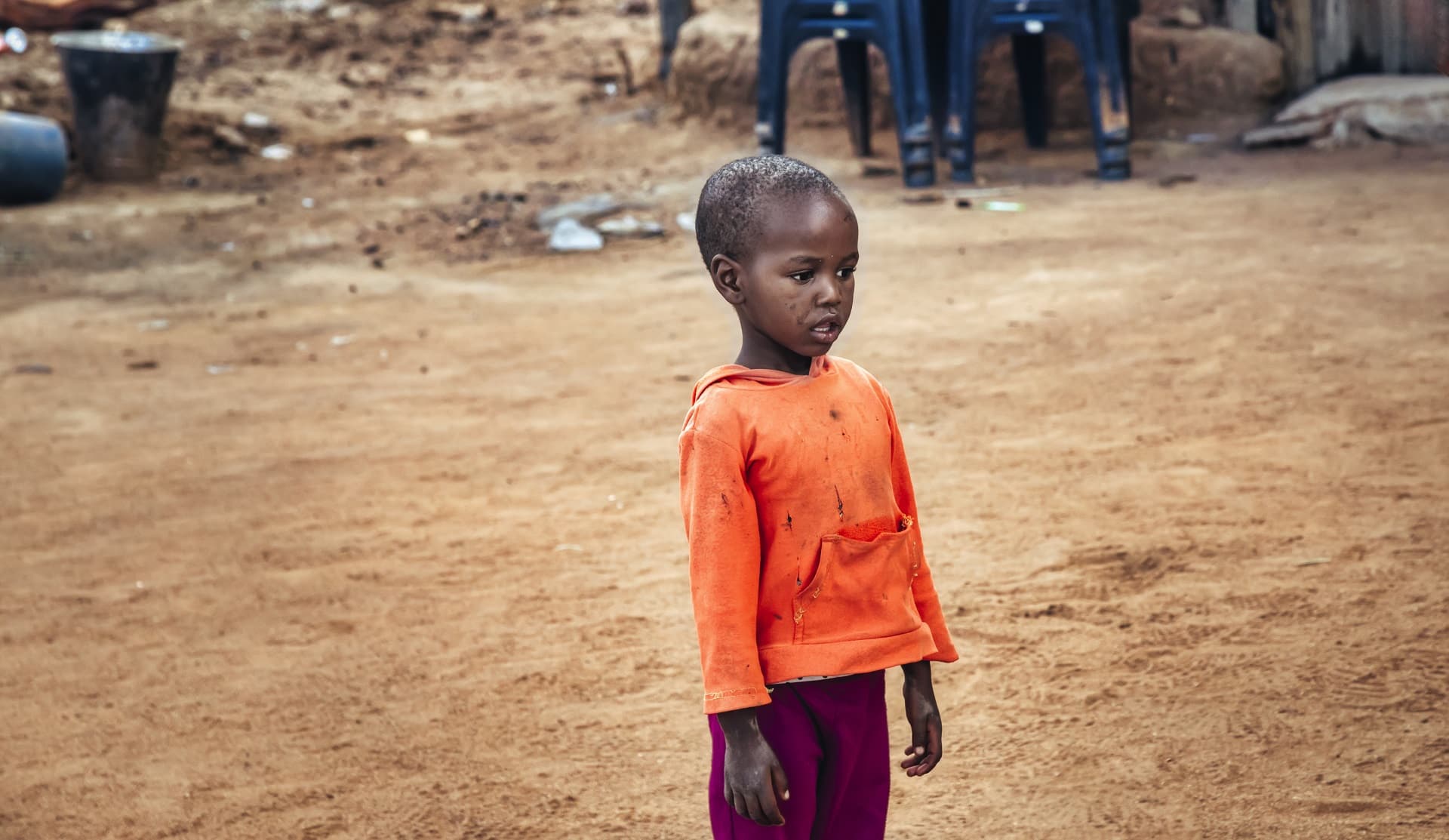Dr stuart ainsworth is a Senior Lecturer and Future Leader Fellow from the Department of Infection Biology and Microbiomes in the Institute of Infection, Veterinary and Ecological Sciences. In this article, Stuart sheds light on the critical issue of Noma disease and how a lack of understanding and public awareness has prevented any real progess in eliminating this preventable disease.
Symptoms and treatment
Noma is an oral-facial gangrene that begins as a lesion on the gums, swiftly spreading and consuming soft tissues of the face. It is said to be fatal in up to 90% of cases, and leaves the few lucky survivors with severe facial disfigurements, which is why Noma has earned the grim moniker "the face of poverty." An added cruelty of Noma is that the disease primarily affects children under 10 years old, particularly those in impoverished regions with limited access to healthcare, and severe malnourishment. If caught early enough, antibiotics can clear the infection which causes Noma, however, survivors are then left to deal with facial disfigurement, which entail life-long challenges, both in terms of health and social stigma. Scarring from the disease becomes a permanent mark, affecting individuals' ability to lead normal lives with severe societal implications. Affected individuals often ostracised, facing difficulties in attending school and integrating into their communities and may struggle to get married when adults.
Disease burden
Thanks to the improved healthcare, hygiene, and access to food in many parts of the world over the course of the last two centuries, the disease is no longer present in many regions and all but forgotten about. Despite this, Noma is by no means eradicated, stubbornly persisting in impoverished populations in remote regions where children battle malnutrition and have limited access healthcare. Ultimately, Noma is a stark reminder of the correlation between extreme poverty and poor health and wellbeing.
It is estimated that around 40,000 new cases occur globally every year. However, this is assumed to be a substantial underrepresentation due to assumed high volume of cases where victims die at home or before they can reach healthcare, or due to under reporting due to the associated social stigma, or simply due to a lack of awareness of the disease by healthcare workers.
Noma research at Liverpool
A comprehensive lack of research is what makes treating and preventing Noma particularly challenging. Like the majority of neglected tropical diseases, Noma is a poorly understood. Our understanding of what causes the disease has barely improved since the 1800s, with no specific bacteria or microorganism identified conclusively as being responsible. Described as an opportunistic infection, Noma seems to strike when opportunistic bacteria take advantage of a weakened immune system, exacerbated by malnourishment and poor oral hygiene.
In an attempt to understand the microbiology of this disease, a collaboration between University of Liverpool, Liverpool School of Tropical Medicine and Médecins Sans Frontières (MSF) has been established to conduct a pilot study in northern Nigeria, a region which suffers a high burden of Noma cases. The ongoing study aims to analyse the microbial community in lesions of children with acute Noma, providing valuable insights for future research and intervention strategies, hopefully providing valuable insight into the mechanisms behind the disease.
Outlook
The lack of global awareness and effort to tackle such a terrible disease, which has no reason to exist in the 21st century, had prompted recent intensive advocacy efforts from stakeholders to have it included on the World Health Organisation's hugely influential list of neglected tropical diseases. This acknowledgment, which paves the way for a coordinated international programme to tackle the disease, was finally achieved in December 2023. Noma stakeholders around the world hope that this will prove to be a watershed moment which will ultimately enable, through increased awareness, investment and renewed efforts, to finally banish Noma from the last few areas where it persists.
Back to: Research
